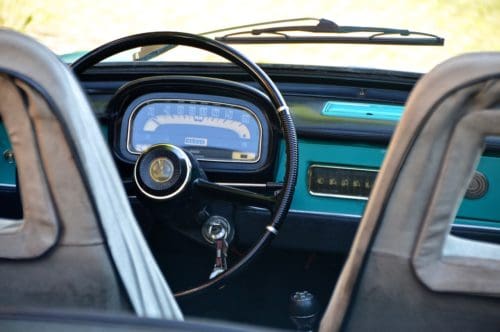
Owning a car gives a person a sense of freedom, but it also comes with responsibility. A car is the only heavy machinery most people will ever operate. We all know we need to drive cars safely and follow the rules of the road, but there are many common problems car owners aren’t prepared for.
Don’t be one of those drivers. Be one of the car owners that are prepared for the common problems below.
Losing Your Keys
It’s going to happen to everyone at some point. That’s why there are countless products dedicated to finding car keys. If you tend to forget where you put things you may want to invest in a key ring/app combo. There are a number of app-connected key rings that can be used to track down your keys with your smart phone. Bonus – you can also find your smart phone using your key ring.
Locking Your Keys in Your Car
The experts at Job Done Locksmith, a locksmith in Denver, pop the locks for lots of car owners. Helping car owners recover their keys from their own vehicle is one of the most requested services. For some car models this problem is becoming a thing of the past. For everyone else, have a locksmith’s number handy. It’s also a good idea to get in the habit of using your key fob to lock the car if you have one.
Getting a Flat Tire
Checking the tires is a must before a summer road trip, but a flat tire could happen at any time. Every driver knows it’s a possibility, however, many aren’t prepared for to handle a flat tire beyond dialing a tow truck or handy friend.
Always, always, always have a spare tire in your trunk. It doesn’t have to be the best tire in the world, but it does need to get you back home or to a shop. Changing a tire requires X essential tools:
· Flashlight
· Mechanics gloves
· Wheel chocks
· Tire gauge
· Tire sealant
· Jack
· Lug wrench
For specifics on removing the tire consult your owner’s manual.
Overheating the Engine
Keep a gallon of water and container of antifreeze in your trunk at all times just in case the engine starts to overheat. If the engine starts running hot:
· Pull over and let the engine cool.
· Check the coolant levels. Top off if needed.
· Check the water levels. Top off if needed.
If the problem isn’t solved for long you may have a leak in the coolant tank. Time to call a professional.
Having a Light Go Out
Cars have a number of lights, any of which can burn out with no notice. It might not seem like a big deal – until a cop stops you. Luckily, replacing the lights isn’t difficult. The key is to know the type of bulb you need and the proper wattage. With the right bulb, your owner’s manual and a screwdriver you should be good to go. Err on the side of caution by keeping a few extra taillights in your glove compartment.
Letting Oil Levels Get Too Low
Most car owners don’t handle their own oil changes because it’s a messy job. However, making sure oil levels are adequate is critical. Oil if the lifeblood of an engine. If oil levels get too low the engine will cease to work.
The second your oil light comes on you need to check the oil level – of course, after the engine cools off. The cap to the oil should be labeled, and a dipstick should be nearby. Pull the dipstick out and wipe it off. You’ll see that there’s an indicator at the end to signify high and low levels. Dip the stick in and see where the oil mark ends. If it’s at or below the low line add a quart of oil. It’s a good idea to keep at least one or two quarts of oil in the trunk in case you run low on the road.
Killing the Battery
All it takes is leaving the door ajar overnight to completely kill a car battery. The second you turn the key and get nothing you know it’s time to jump the battery. Hopefully, you’ve got a pair of jumper cables in the trunk and a friend with a running vehicle.
Make sure both cars are off before you make any connects and knock off any corrosion around the battery terminals. Next, clamp a red clip to the positive terminal (it will be red, have a + sign or say POS) of your car battery. Now attached the other red clip to the positive terminal of the other car’s battery. Then attach the black clip to the negative terminal of the other car. Finally, leave the remaining black clamp disconnected away from your battery.
Start the working vehicle and let it run for a few minutes before trying to crank your car. As long as the alternator and starter aren’t the problem your car should crank right up.
 Gearfuse Technology, Science, Culture & More
Gearfuse Technology, Science, Culture & More


